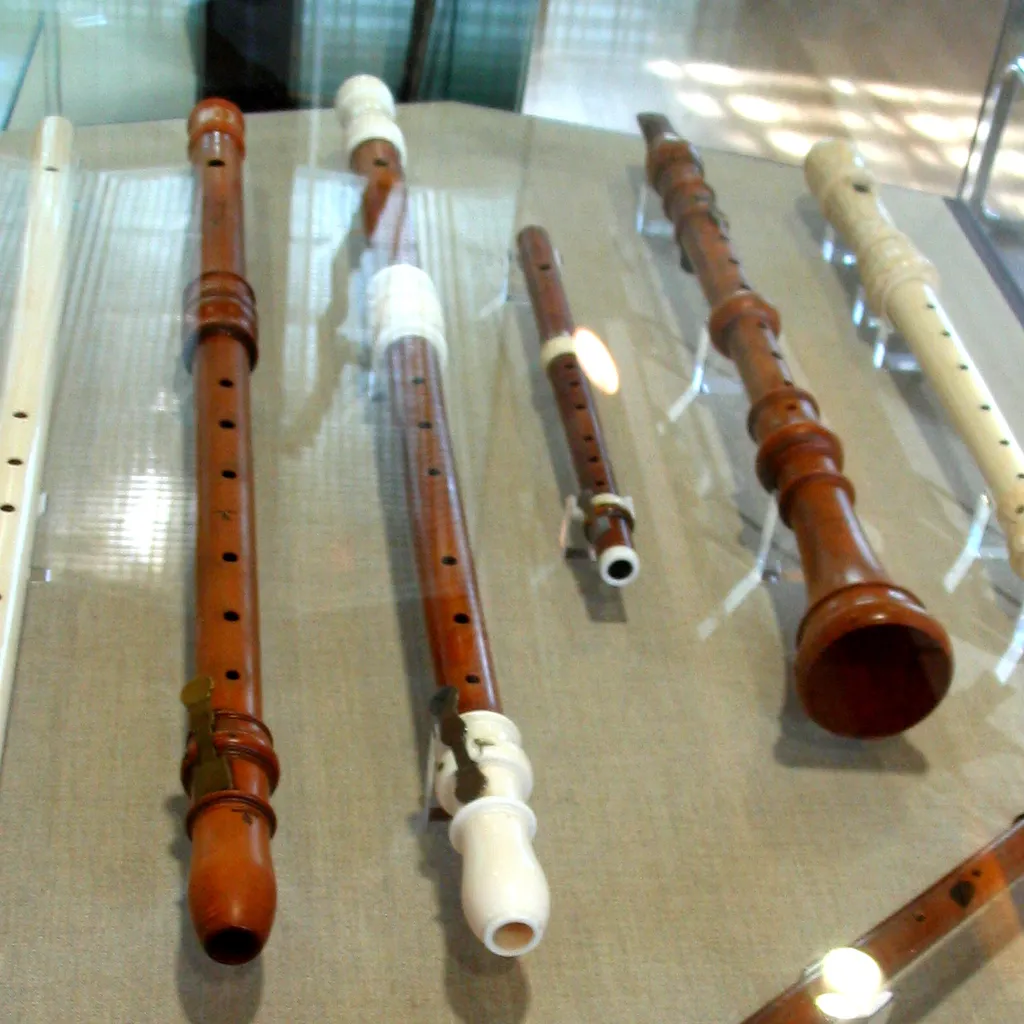The clarinet was invented in 1700, and developed swiftly. By 1850, it had reached the form in which we know it today. But what were the steps along the way? And how has the instrument changed over time? Here, we guide you through the history of the clarinet and the famous clarinet makers around the world.
History of the clarinet: when was it invented?
The clarinet was invented by JC Denner of Nuremberg in Germany in 1700. Denner had been experimenting with a peasant pipe called the chalumeau, which used a slip of cane as a single reed, beating against the slanted end of the tube. It played a scale of nine simple notes, and produced a very low sound. By adding a key at the back, Denner found he could play a further nine notes much higher in pitch. He put a similar key in front to fill the gap between these two registers, thus creating the first clarinet. Denner's clarinet had a range of two octaves, but some of the notes were difficult to produce and often sounded out of tune. It was not capable of good semitones and couldn't play in extreme keys.

What are the different types of clarinet throughout history?
Others took up the challenge, adding new keys, and the instrument developed in two distinct patterns with different key arrangements. The German style of clarinet followed the work of Müller, while the French was invented by Klose. The French style was called the Boehm System as he used ideas first formulated by the flute-maker Boehm. Since about 1850 they have remained fairly static. The German system is now used mainly in Germany and Austria. The rest of the world uses the Klose system.
Who are the famous clarinet makers from history?
Henri Selmer Paris was founded in 1885 in Montmartre in Paris and has remained one of the leading makers of saxophones and clarinets. Its instruments have been made at its Mantes-la-Ville workshops since the company first began. Henri Selmer began making clarinet reeds and mouthpieces in 1885, before opening a store and repair shop in Paris in 1898. It was at this point he began making clarinets. Henri Selmer Paris used to be family-owned but was sold to Ar gos-Wityu in 2018.
Buffet Crampon is a French manufacturer of wind instruments also based in Mantes-la-Ville and is the world market leader in the production of clarinets of the Boehm system. Buffet also makes oboes and French bassoons, and other subsidiaries of the company make other brass and woodwind instruments. The company began in 1825 when Denis Buffet-Auger began making clarinets. It was his younger brother who had developed the Boehm system for clarinets. Buffet Crampon established its headquarters in Mantes-la-Ville in 1850.
How has the clarinet changed over time?
The clarinet has undergone many developments over its history. The instruments now have much wider dynamic ranges, thanks to the materials they are now made of. Like many other instruments, clarinets were historically made of boxwood, but grenadilla is now the most commonly used material, thanks to its higher relative density. This makes it easier to support, so producing a greater range of volumes is possible.
Where were clarinets first made?
The clarinet was invented in Nuremberg in Germany by Johann Christoph Denner.
The jazz clarinet
The clarinet has long been a central instrument in jazz, and is continued to be an integral part of it through the 20th century in big band music. Benny Goodman is probably the best known jazz clarinettist and was prominent in the late 1930s swing scene. From the 1940s onwards, the clarinet began to be usurped by the saxophone in jazz bands and is now less widely used in the genre.
The clarinet in world music
Clarinets are a predominant feature of klezmer music, which has its own unique style of idiomatic playing. Many other traditional Eastern European music also rely on the clarinet as a central figure.
What was the first piece of clarinet music ever written?
It's not known what the first piece of clarinet music was, but it's believed to either be Molter's Concertos for D Clarinet or Handel's Overture for Two Clarinets and Horn, both written in the 1740s.
